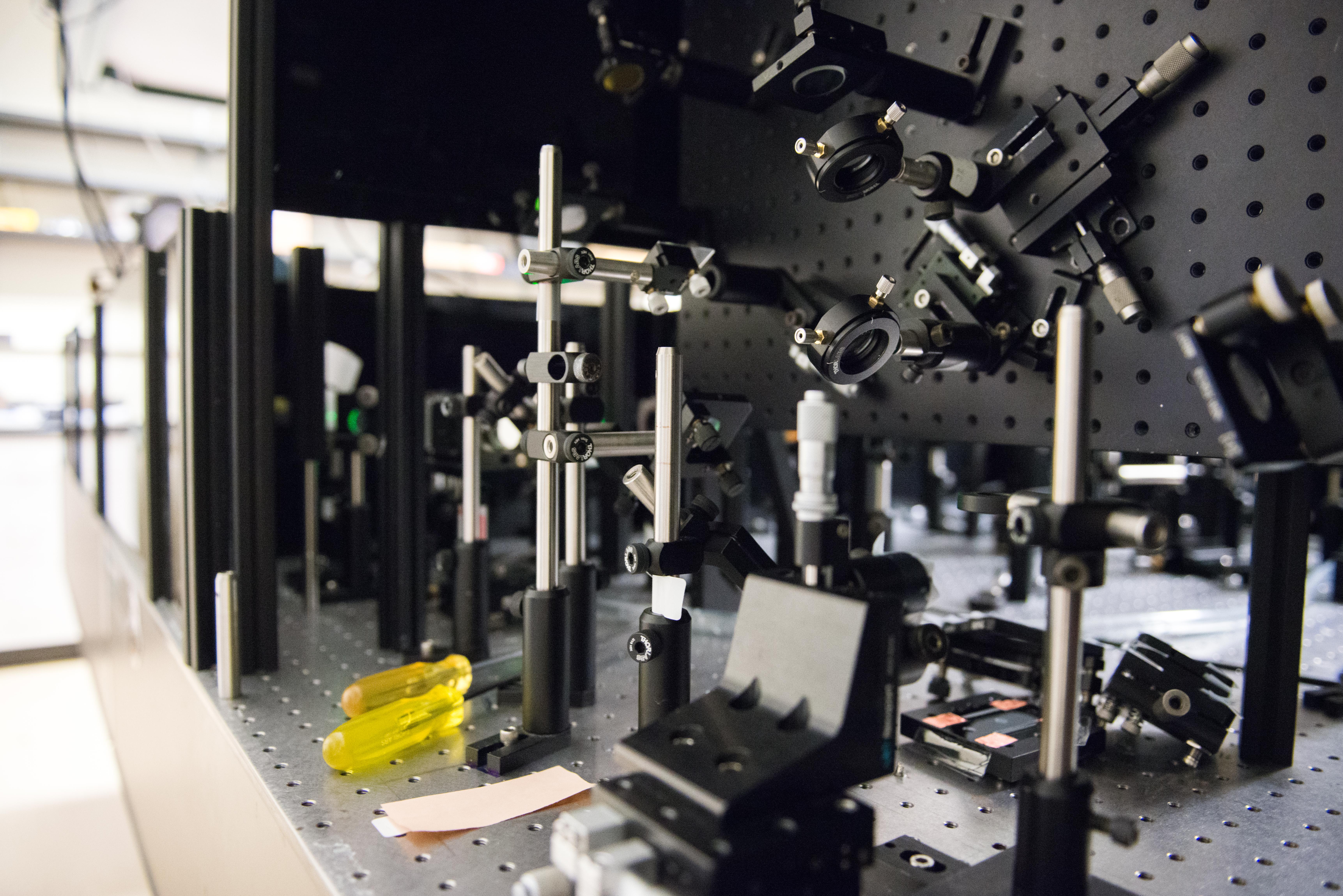 Sum frequency generation (SFG) vibrational spectroscopy, a second-order nonlinear optical technique, occurs at a surface or interface where the inversion symmetry is broken under the electric-dipole approximation. Two laser beams oscillating at fixed visible and tunable infrared frequencies are spatially and temporally overlapped at an interface, where an SFG light with the sum frequency is emitted. The SFG spectra provide the valuable information about the composition and molecular orientation at the interface. Furthermore, time-resolved SFG provides information about the vibrational relaxation dynamics and electron transfer dynamics of the interfacial systems.
Sum frequency generation (SFG) vibrational spectroscopy, a second-order nonlinear optical technique, occurs at a surface or interface where the inversion symmetry is broken under the electric-dipole approximation. Two laser beams oscillating at fixed visible and tunable infrared frequencies are spatially and temporally overlapped at an interface, where an SFG light with the sum frequency is emitted. The SFG spectra provide the valuable information about the composition and molecular orientation at the interface. Furthermore, time-resolved SFG provides information about the vibrational relaxation dynamics and electron transfer dynamics of the interfacial systems.
Selected Publications
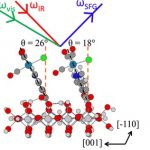 |
Ge, A.; Rudshteyn, B.; Psciuk, B. T.; Xiao, D.; Song, J.; Anfuso, C. L.; Ricks, A. M.; Batista, V. S.; Lian, T., Surface-Induced Anisotropic Binding of a Rhenium CO2-Reduction Catalyst on Rutile TiO2(110) Surfaces. The Journal of Physical Chemistry C 2016, 120, 20970-20977. |
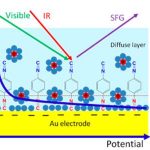 |
Ge, A.; Videla, P. E.; Lee, G. L.; Rudshteyn, B.; Song, J.; Kubiak, C. P.; Batista, V. S.; Lian, T., Interfacial Structure and Electric Field Probed by in Situ Electrochemical Vibrational Stark Effect Spectroscopy and Computational Modeling. The Journal of Physical Chemistry C 2017, 121, 18674-18682. |
Other Research Fields
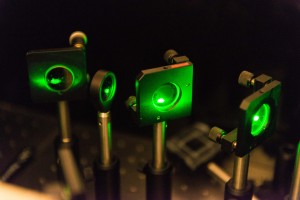
Transient absorption/reflection spectroscopy (in visible and IR |

|
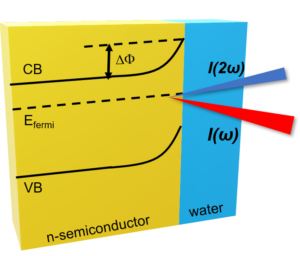
|
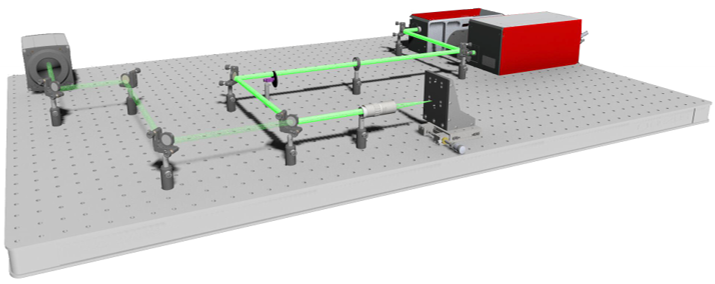
|
